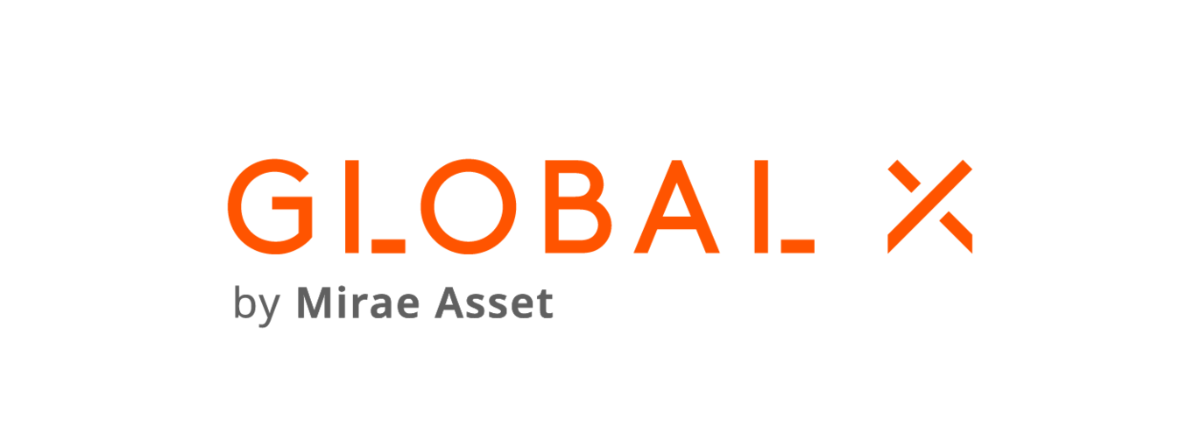This year has tested the resilience of ETFs versus other fund structures but the wrapper has passed with flying colours, attracting new money and even finding new niches for product innovation.
Despite seeing a rare three consecutive months of outflows in summer, ETFs have remained the vehicle of choice for European investors looking for low-cost passive tools strategic and tactical asset allocation.
In fact, not only is 2022 the record year of trading volume for Europe-listed ETFs with weeks to spare, but ETF inflows are set to book their second-best year despite the end-cycle downturn in broader markets.
From a launch perspective, the pace of ‘Europe-first’ equity and bond entrants eased versus the previous two years, with the focus turning to asset managers looking to add ESG lenses to their existing products, however, there were still some noteworthy candidates which make up ETF Stream’s top five launches of the year.
1. Sprott Uranium Miners UCITS ETF (URNM)
Starting off our list is URNM, which launched in April to offer a pure-play exposure to the uranium sector, just as Europe was embroiled in debates about its energy mix and the role of nuclear power within this.
The ETF tracks the North Shore Sprott Uranium Miners index, which captures 36 securities exposed to either physical uranium or uranium mining, with a market cap of at least $40m.
Mining companies constitute 82.5% of URNM’s basket while 17.5% is allocated to physical uranium, uranium royalties and non-mining assets including a 10.4% weighting to the Sprott Physical Uranium Trust, which is the world’s largest physical uranium fund.
URNM launched shortly after Global X’s uranium-focused URNU, however, the latter offers more of a nuclear value chain exposure by incorporating engineering and energy utility companies, as well as mining companies that “do not derive a significant percentage of revenues” from uranium.
As such, URNM offers a more targeted exposure to the role of nuclear power within the global energy mix, which has not been available since the ETFS WNA Global Nuclear Energy GO UCITS ETF (NUKE) delisted in 2014.
Already this year, the €315bn REPowerEU policy noted the role of nuclear in ending European reliance on Russian gas, while Japan has plans to restart its reactors for the first time since the 2011 Fukishima disaster.
With nuclear set to be added to the EU’s sustainable taxonomy from next year, URNM was awarded ETF Stream’sETF of the month in October and was shortlisted for ETF of the Year at the ETF Stream Awards 2022.
2. HSBC World ESG Biodiversity Screened Equity UCITS ETF (HBDV)
Next is the first of a new way of applying ESG screens, with HBDV filtering companies based on their ecological impact by tracking the Euronext ESG Biodiversity Screened World index.
Launching in August, the ETF takes the Euronext World index and excludes the bottom 25% of companies based on Sustainalytics ESG scoring on corporate governance, material ESG and idiosyncratic risks, before applying a Corporate Biodiversity Footprint screen to remove companies with significant exposure to whaling, hunting and pesticides.
The index also cuts out traditional ESG faux pas including thermal coal and oil sands while focusing on companies reporting on ecosystem degradation, biodiversity loss, waste generation, water usage, land and air pollution.
The end result is a basket of around 500 companies with a ‘biodiversity footprint’ 35% better than the parent benchmark, based on ICB data.
In future, it will be interesting to see ETFs screening for other operational behaviours including trawling, deforestation, ecosystem contamination and gas flaring, however, HBDV marked an important evolution in environmental screening for issues beyond core business involvement and carbon intensity within ETFs.
3. Invesco S&P China A MidCap 500 Swap UCITS ETF (C500)
Next on our list is C500, a more niche take on China equity exposure with an ace up its sleeve, that grew to be Europe’s fourth-largest A-Shares ETF within just two months of launching in May.
Tracking the S&P China A MidCap 500 index, the ETF captures the 500 largest companies not included in the top 300 companies listed on the Shenzen and Shanghai exchanges.
However, the twist C500 offers is not the exposure it captures but the swaps it uses to do so. Given the lack of physical securities lending market for offshore investors in China onshore assets, the ETF benefits from hedge funds having to pay a premium to access swaps to short the market.
According to Invesco’s Christopher Mellor, quant hedge funds have to use an index portfolio approach through swaps and must pay “an awful lot” to counterparty banks, with vehicles such as C500 offering the banks good exposures to offset these exposures.
As such, in June, C500 carried a swap fee of -8.4%, though Mellor said this has varied from 4% to 16% in the last four years. In effect, even when the mid-cap market is performing badly, C500 can still generate returns from the demand for its underlying.
Looking ahead, the macro stage could also be favourable for C500 given the rollback of ‘zero COVID-19’ policy in China.
4. Global X Silver Miners UCITS ETF (SILV)
Our penultimate ETF is SILV, Europe’s first pure-play silver miners ETF, which launched in May.
Tracking the Solactive Global Silver Miners Total Return v2 index, SILV offers exposure to 40 companies active in the silver mining, exploration and refining.
Companies in the index must have a market cap of at least $60m, or $30m for current constituents on rebalance dates, as well as an average daily trading volume of at least $250,000 over the trailing three-month period. The ETF rebalances semi-annually and caps each stock at a 15% weighting.
SILV adds to Global X’s range of products offering European investors access to miners in different metals, including its uranium and copper products.
The firm’s silver strategy has also been available in the US since 2010 and has amassed $1bn assets since launch.
5. JPM RMB Ultra-Short Income UCITS ETF (JCST)
Rounding off our list is JP Morgan Asset Management’s JCST, which launched in March to offer European investors access to Chinese corporate debt, an exposure that is rare to find within ETFs.
By tracking the ICE 3-Month China Government index, JCST offers exposure to low volatility and short-duration government and investment-grade corporate bonds issued in onshore and offshore yuan.
The ETF is also actively managed, so optimises its basket to select bonds based on risk-reward analyses of characteristics including income, interest rate risk, credit risk, ESG profile and their legal and technical structure.
While the Tabula Haitong Asia ex-Japan High Yield Corporate USD Bond ESG UCITS ETF (TAHY), which launched last year, also offers exposure to China corporates, JCST only captures bonds from Chinese issuers rather than broader emerging markets. As a whole, it represents another piece of the puzzle in the gradual opening up of the Chinese credit market.
Related articles








